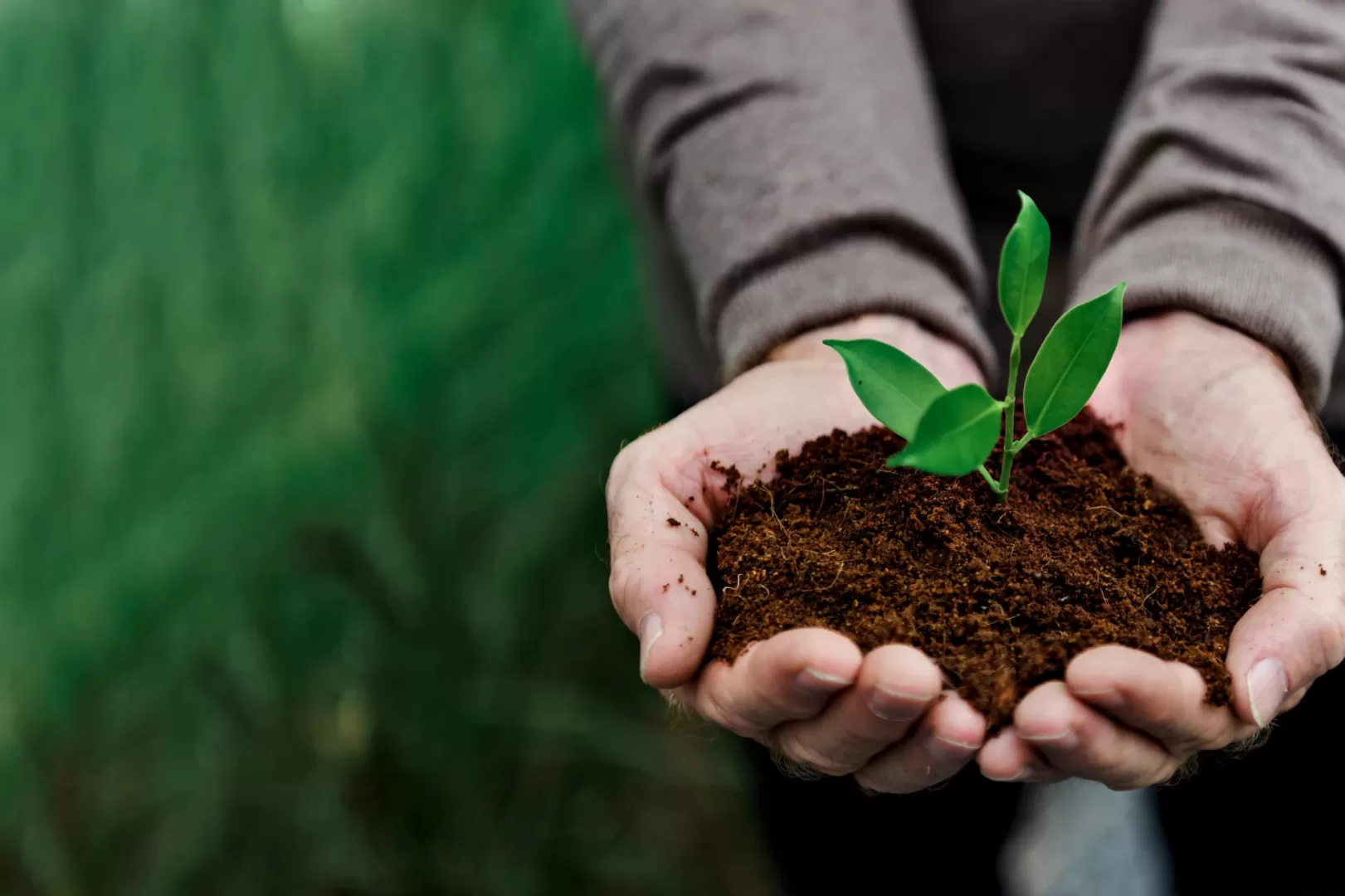As the digital frontier continues to burgeon, the ecological footprint of online spaces grows alongside, igniting earnest dialogues among designers and developers. This urgency has birthed a paradigm known as Sustainable Digital Design (SDD), a stance that melds with the global appeal for eco-conscious practices across all sectors. As we transition into 2024, the digital design landscape is anticipated to resonate with a deeper shade of green, mirroring a collective advancement towards sustainability. This narrative unfolds the essence of sustainable digital design and how it’s morphing from a transient trend into a substantial stride towards a greener digital future.
Unveiling Sustainable Digital Design
The ethos of Sustainable Digital Design has transcended the avant-garde design studios and is reverberating across the digital design realm. It’s an approach that highlights the environmental ramifications of design practices with a goal to reduce carbon emissions and cultivate a green digital economy[1]. The core ethos of SDD goes beyond mere design aesthetics, navigating into the domain of responsible design harmonised with environmental tenets.
The 2024 Vision: Expanding the SDD Spectrum
The year 2024 is predicted to see an escalation of the Sustainable Digital Design initiative. The community, equipped with insights from various creative domains, is set to broaden the green narrative beyond conventional circles. The objective is to create a robust platform for creatives to exchange ideas on sustainability, fostering not just education but inciting a larger spectrum of creatives to adopt and adapt to sustainable practices in their work.
Sustainable Strategies: Crafting Eco-Friendly Digital Designs
1. Optimising Digital Assets:
The quest for reduced energy consumption in websites often leads to the doors of hefty images and media files. Optimising these assets by compressing images without compromising on quality and selecting appropriate file formats can significantly curb a website’s energy demand[2].
2. Minimalistic Design:
Embracing a minimalistic design ethos by shedding superfluous elements enhances user experience while aligning with eco-friendly principles. It’s about adhering to the core essence of design, which, in turn, accentuates a brand’s environmental credentials[3].
3. Green Hosting:
Selecting a green web hosting provider that leverages renewable energy or carbon offsetting is a step towards shrinking the carbon footprint of your online presence.
4. Low-Impact Websites:
The rising cognizance of the carbon impact in the digital design industry is tweaking processes to engender low-impact websites. For instance, collaborations aiming to reduce website data below past averages signify a balance between high quality and low-carbon[4].
5. Eco-Conscious Branding:
Weaving sustainability into a brand’s narrative echoes the global appeal for eco-conscious practices, intertwining brand identity with eco-friendly ethos.
The Bottom Line
The rallying cry for sustainable digital design is a reflection of the broader environmental ethos pervading every sector. As designers, developers, and brands, the responsibility is upon us to heed this call and interlace sustainability into the digital narrative. As we journey into 2024 and beyond, the green tint in digital design is not merely a trend but a testament to the digital realm’s potential to nurture a sustainable future.
